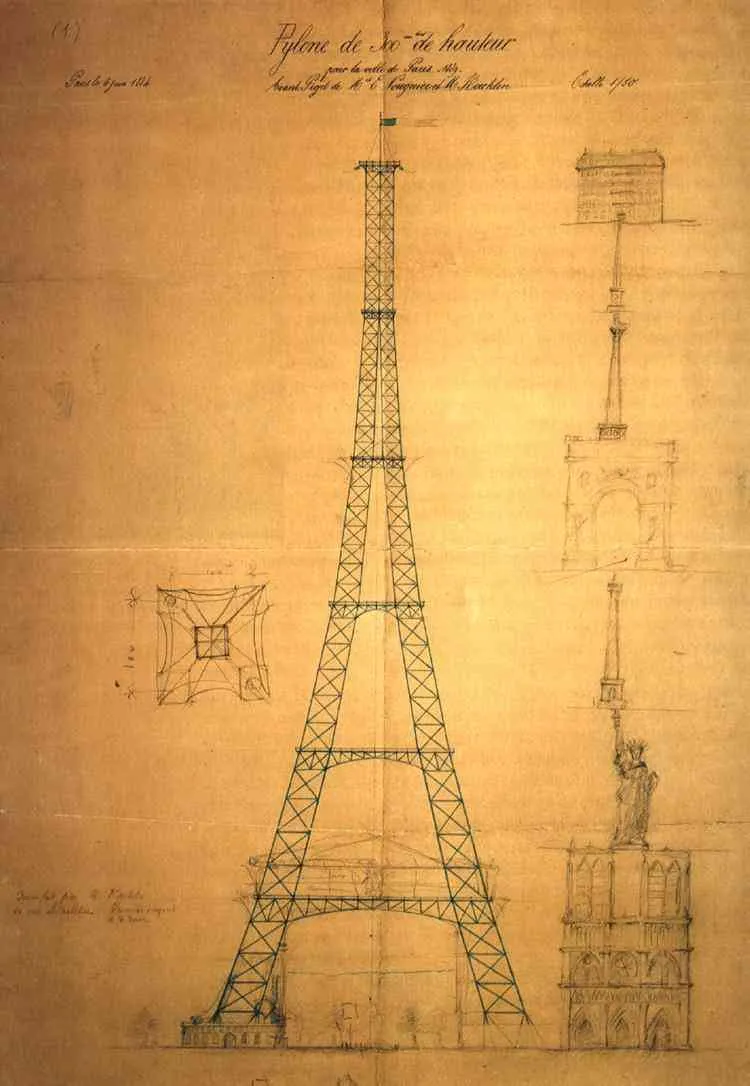The Eiffel Tower, an architectural marvel that graces the skyline of Paris, has captured the imagination of people worldwide. Whether you’re an aspiring artist or simply looking for a creative outlet, drawing the Eiffel Tower can be a rewarding and captivating experience. In this article, we’ll delve into the art of creating your own Eiffel Tower drawing , offering step-by-step guidance and valuable tips for bringing this iconic structure to life on paper.

The Eiffel Tower: A Symbol of Romance and Architecture
Standing at 324 meters tall, the Eiffel Tower was constructed for the 1889 Exposition Universelle (World’s Fair) and was initially met with mixed reactions from the public. However, over time, it has become a symbol of romance, elegance, and architectural ingenuity. Drawing the Eiffel Tower allows you to capture the essence of this iconic monument and to appreciate its intricate lattice structure, which has fascinated countless visitors for over a century.
Getting Started: Materials and Preparation
Before you start sketching, gather your materials. You’ll need:
- Drawing Paper: Select a high-quality paper that suits your preferred drawing medium, whether it’s pencils, charcoal, or ink.
- Reference Images: Find several clear images of the Eiffel Tower from different angles to help you accurately depict its details.
- Drawing Tools: Choose your preferred drawing tools, such as pencils, erasers, rulers, and shading tools, based on your skill level and personal style.
Step-by-Step Guide
- Outline the Basic Shape: Begin by sketching the basic shape of the Eiffel Tower. Use simple lines and shapes to establish its proportions and position on the paper.
- Add Details: Gradually add details like the tower’s iconic arches, lattice pattern, and the platform at the top.
- Shading and Texture: Use shading techniques to add depth and dimension to your drawing. Pay attention to the play of light and shadow on the tower’s surface.
- Fine-Tune and Refine: Continuously refine your drawing by comparing it to your reference images. Make necessary adjustments to capture the tower’s intricacies.
Conclusion
Drawing the Eiffel Tower is not just an artistic endeavor; it’s a journey into the heart of Parisian architecture and culture. Whether you’re sketching for pleasure or honing your artistic skills, this iconic landmark provides a compelling subject. With patience, practice, and attention to detail, you can create a stunning Eiffel Tower drawing that reflects your unique perspective and appreciation for this timeless symbol of beauty and innovation. So, pick up your drawing tools and embark on this creative adventure today.

